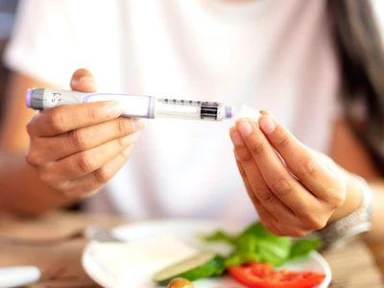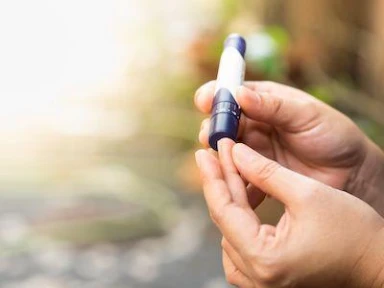Closed-loop insulin delivery during exercise in people with T1DM
Key takeaway
This article assessed the principles, strengths, limitations, and potential advances of commercially available closed-loop (CL) systems and found that, currently available CL systems help in glucose control and improve QOL of patients living with T1D by enabling them to exercise with greater safety and confidence.
However, there remains a need for forward-planning for those who exercise:
-
Pharmacokinetics of insulin administered via SC route remain a major limitation when challenged by exercise, which can be partly addressed by co-infusion of glucagon
-
Additional signals like lactate, ketones, counterregulatory hormones, accelerometry, heart rate, galvanic skin response, skin temperature, and blood volume pulse notify CL system about onset and intensity of exercise but could not predict the exercise
-
Machine learning algorithms might predict the likelihood and nature of an exercise event but the ability to respond in real time to rapid changes in insulin requirements would remain limited
Why this matters
-
Regular physical activity promotes health in T1D people. But exercise might cause hypoglycemia
-
Several technological and pharmacological advances like CL delivery systems have made exercise safer.
-
CL systems have shown benefit in improving HbA1c levels, reducing the incidence of nocturnal hypoglycemia, and subsequently managing T1D
-
However, rapidly changing insulin needs with exercise remains as a challenge for these systems.
-
This article reviewed the benefits, and challenges associated with CL systems administering insulin to T1D people who exercise, and discussed potential advances which might address the limitations of currently available commercial CL systems.
Key highlights
Current CL systems - Principles
- CL system consists of a continuous glucose sensor* to estimate the individual’s insulin requirements, and a pump to deliver rapid-acting insulin via SC route.
- In hybrid closed-loop (HCL) systems, the user is still required to manually administer food boluses and make corrections.
- Currently, there are three insulin only HCL systems available globally.
Strengths and limitations of current cl systems used for excercise
Strengths
-
Portable and robust
-
No significant degradation in performance with physical activity
-
Continuously adjust insulin delivery to address changing glucose levels
-
Improved time-in-range insulin dosing†
Limitations
-
The PK of insulin analogs‡ are not sufficient to compensate the limitations associated with residual insulin during exercise
-
Currently available devices are single hormone systems which lack in assessing the amount of glucagon required to avoid hypoglycemia
-
Currently available HCL systems measure only a single parameter i.e. glucose to determine insulin delivery
-
Have fixed rules for delivering insulin
Potential strategies to address hcl limitations when challenged by excercise
Primary goal for the future of CL technology: Full automation that does not require user inputs for corrections, meals, or exercise
For additional details about strategies, please click on the below.
Development of insulin formulations and routes of delivery with more favorable PK characteristics
For additional details, please refer the source publication Paldus B, et al.
*To maintain desired glucose levels
†When compared with standard therapy
‡ Rapid-acting and ultra-rapid acting insulin
CL, closed-loop; HCL, hybrid closed-loop; HbA1c, glycated hemoglobin; PK, pharmacokinetics; QOL, quality of life; SC, subcutaneous; T1D, type 1 diabetes.
- Paldus B, Morrison D, Lee M, Zaharieva DP, Riddell MC, O'Neal DN. Strengths and challenges of closed-loop insulin delivery during exercise in people with type 1 diabetes: potential future directions. J Diabetes Sci Technol. 2022. doi: 10.1177/19322968221088327. Epub ahead of print. PMID: 35466723.




